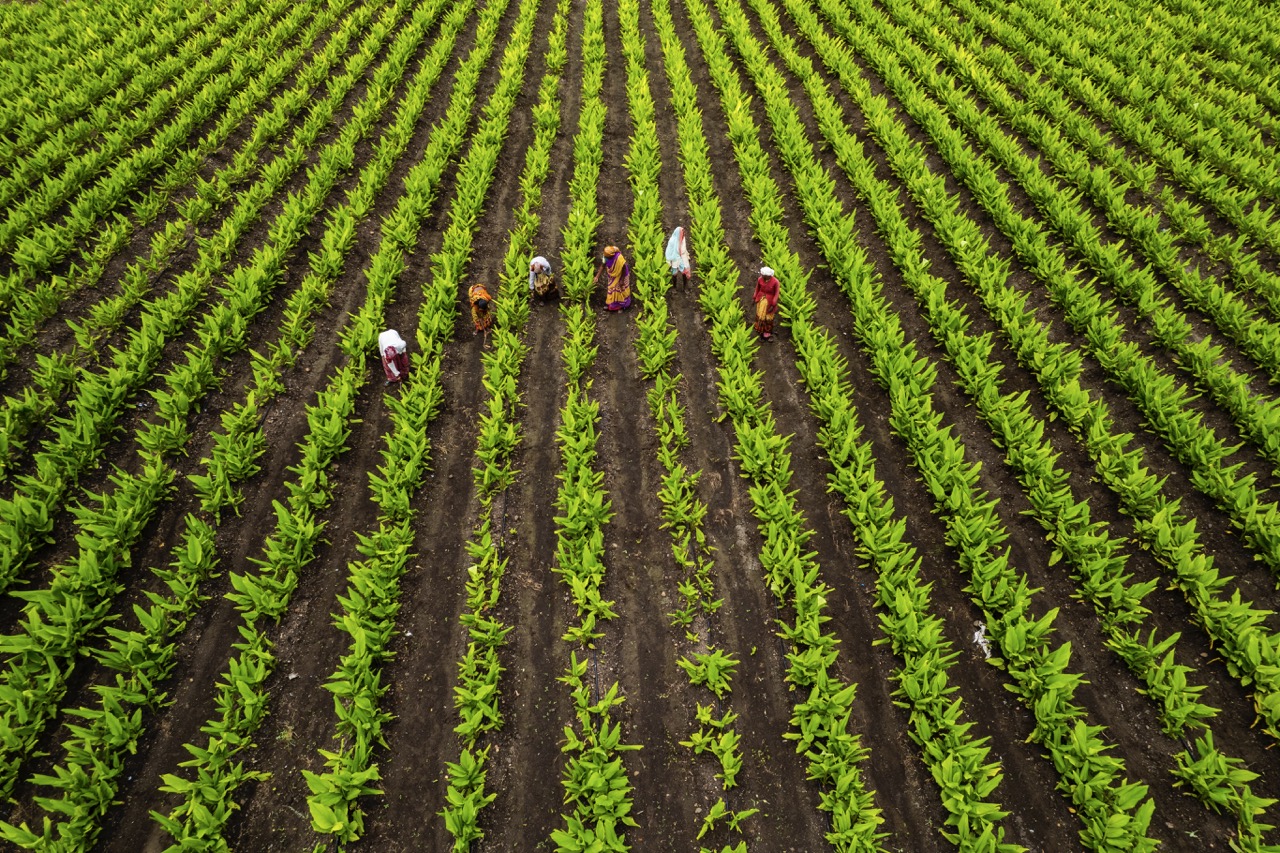Mulching is an age-old gardening technique that has gained renewed attention in contemporary horticulture due to its vast array of benefits. By covering the soil with organic or inorganic materials, gardeners can enhance the health of their plants and the ecosystem at large. This article will explore the importance of mulching, its numerous benefits, and best practices for applying it effectively, as well as common pitfalls to avoid.
Understanding Mulching: Its Importance for Your Garden
Mulching involves the application of a protective layer of material on the soil surface. This technique not only improves the aesthetic appeal of garden beds but also plays a critical role in soil health. By reducing soil erosion and preventing moisture evaporation, mulch helps maintain a stable environment for plant roots. Furthermore, it serves as a barrier against weeds, reducing competition for nutrients and water.
The importance of mulching extends beyond aesthetics and weed control. Mulch acts as a temperature regulator, protecting plant roots from extreme temperature fluctuations. In the summer, it keeps the soil cooler, while in the winter, mulch insulates the ground, preventing freeze-thaw cycles that can damage delicate root systems. This protective layer becomes even more vital in regions with erratic weather patterns, helping to stabilize the growing environment for various plants.
Additionally, organic mulches, such as wood chips or straw, contribute to soil health by decomposing over time, enriching the soil with essential nutrients. This slow release of organic matter enhances soil structure, enabling better water retention and aeration. Consequently, mulching becomes not just a gardening technique, but a fundamental practice for sustainable gardening that promotes biodiversity and supports overall ecosystem health.
Key Benefits of Mulching: Environmental and Economic Gains
One of the most significant environmental benefits of mulching is its ability to conserve water. By reducing evaporation and maintaining soil moisture, mulch enables gardeners to decrease their reliance on irrigation. This not only preserves water resources but also translates into economic savings on water bills. Moreover, with rising concerns over climate change, utilizing mulch can be an effective strategy for mitigating water runoff and soil degradation.
In addition to water conservation, mulching helps improve soil health through the suppression of weeds. Weeds compete with cultivated plants for nutrients and water, potentially hampering growth and yield. By applying a thick layer of mulch, gardeners can significantly diminish weed emergence, reducing the need for herbicides and manual weeding. This results in lower labor costs and less environmental impact, aligning with sustainable gardening practices.
Economic benefits also extend to pest management. Certain types of mulch, such as cedar or pine, can deter pests due to their natural properties. By creating a less hospitable environment for harmful insects, mulching can decrease the need for chemical pest control measures. As a result, gardeners can enjoy healthier plants and save money on pest management solutions, making mulching both an environmentally responsible and economically sound practice.
Best Practices for Effective Mulching Techniques Explained
To maximize the benefits of mulching, it’s essential to choose the right type of mulch for your garden’s specific needs. Organic mulches, like straw, grass clippings, or shredded bark, not only enhance soil quality but also improve aesthetics. Inorganic options, such as gravel or landscape fabric, can also be effective depending on the garden’s design and plant selection. Assessing the specific characteristics of your soil and plants can guide you in making the best choice.
When applying mulch, a thickness of 2 to 4 inches is generally recommended. This depth ensures effective weed suppression while allowing water and nutrients to penetrate the soil. It’s crucial to keep mulch away from the stems of plants to prevent rot and fungal diseases. Creating a slight well around each plant can protect against moisture accumulation at the base, which can be detrimental to plant health.
Timing is another critical factor in mulching. Applying mulch in late spring or early summer, once plants are established, allows for optimal moisture retention during the hottest months. Conversely, a layer of mulch applied in the fall can help insulate plants against winter weather. Understanding the growth cycle of your plants and local climate conditions can enhance the effectiveness of your mulching efforts.
Common Mistakes to Avoid When Applying Mulch Properly
One of the most common mistakes made by gardeners is applying mulch too thickly. While a good depth is essential, exceeding 4 inches can lead to moisture retention issues and create an environment conducive to pests and diseases. It’s vital to strike a balance that protects the soil while promoting healthy air circulation around plant roots.
Another frequent error is neglecting to refresh or replace mulch periodically. Organic materials decompose over time, losing their effectiveness as a weed barrier and moisture retainer. Failing to top up or change out mulch can lead to a decline in soil health and reduced plant vigor. Regularly assessing your mulch layer and refreshing it as needed is crucial for ongoing garden maintenance.
Lastly, some gardeners overlook the importance of proper mulch materials. Using dyed or treated mulch can introduce harmful chemicals into the soil, impacting plant health and surrounding ecosystems. Opting for natural and untreated organic mulches ensures that the garden remains a safe environment for both plants and wildlife. Always researching and selecting appropriate materials is vital to successful mulching practices.
Mulching is more than just a decorative touch for your garden beds; it is a vital practice that promotes sustainable gardening by improving soil health, conserving water, and enhancing the overall ecosystem. By understanding its importance, recognizing the multiple benefits it offers, adhering to best practices, and avoiding common mistakes, gardeners can harness the full potential of mulching. Whether you are a seasoned gardener or a novice, incorporating mulching into your gardening routine will undoubtedly yield visible results in both plant health and garden aesthetics.










